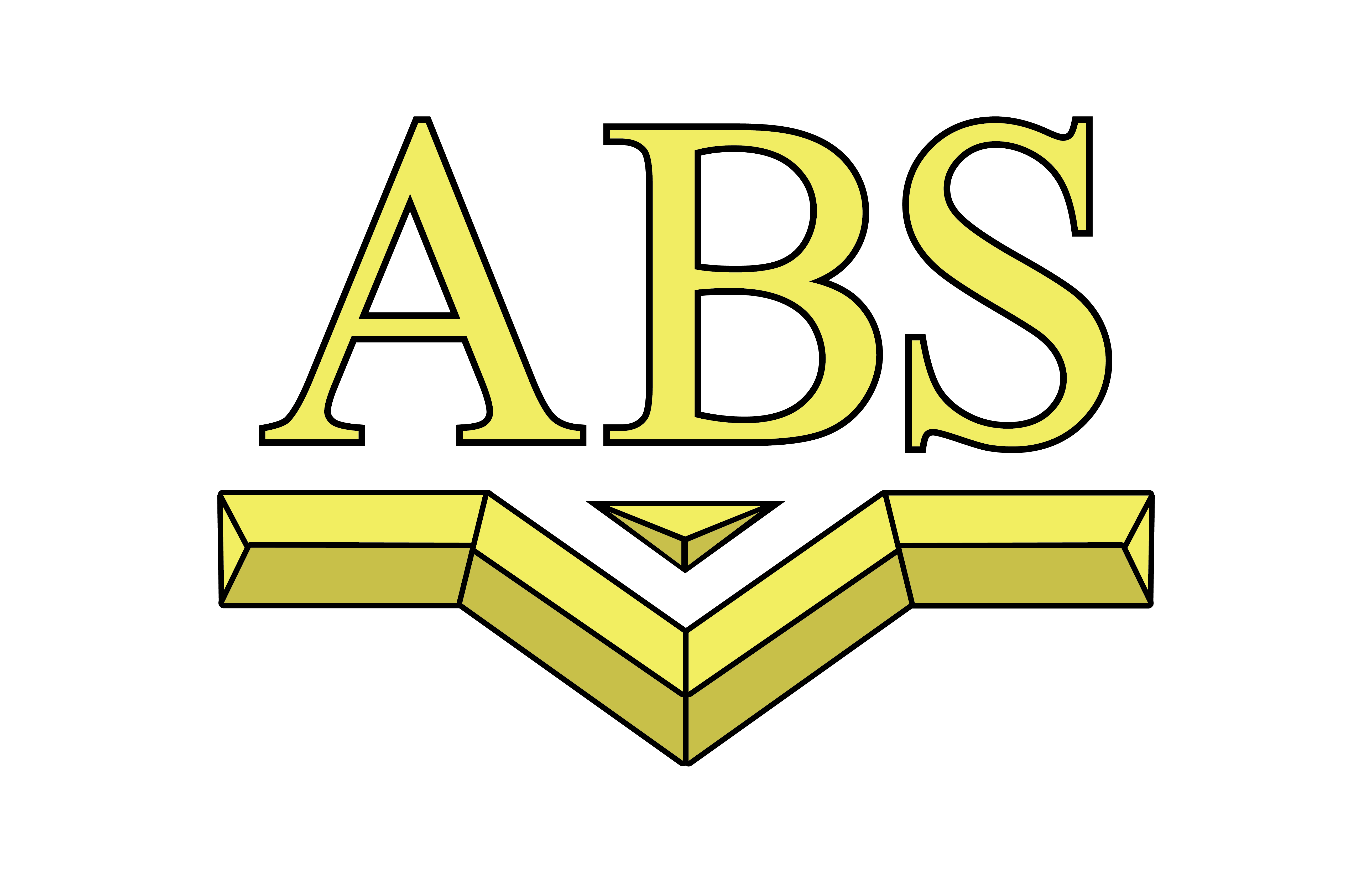
The previous blog discussed communication. This post discusses the other side of the coin: too much communication. We all are inundated with a constant deluge of emails, texts, phone calls, and video-calls. The ability to communicate immediately with individuals and large numbers of colleagues is a powerful capability. Used judiciously, it can benefit everyone. Used capriciously, it can be annoying and reduce productivity.
Sharing information is beneficial. The ability to do so rapidly accelerates operations. It can also overload the systems and reduce organizational effectiveness. A few examples illustrate the problem and possible solutions.
Like most of us, my email inbox is filled with hundreds of emails each day. Most of them are not relevant. Programs such as Outlook can sort which emails come from key clients or staff. That helps reduce clutter. However, even glancing at and rapidly deleting unwanted emails takes time. Many emails can also lead to distractions and detours to your browser to learn about the best vacation spots in the Caribbean or top 10 time-wasters. Obviously, discipline is required. Similarly, blocking time for focused work, emails, and free time can limit these interruptions.
Another time drain comes from being needlessly copied on email chains. It is good to be aware of what is happening. Even if your action or response is not required on a particular topic the information may be useful. Being aware of others’ needs and time can help to reduce unnecessary email chains. At the very least, copying the recipient with a cc. can be used to indicate that the email is only for informational purposes and does not require a direct response.
Some emails chains may be used to demonstrate that sender is working. This should be unnecessary. Similarly, they can be used to indicate that someone else is perceived not to be working. This is best addressed directly if possible, rather than passively, e.g., copying someone’s boss. In a similar vein, it is not uncommon to receive a variety of passively aggressive emails such as: you may have missed my last five emails in which I am checking to see if you have done your job. Repetitious emails might sometimes be effective, but most often they clog up the system and make it less likely that urgent emails will get a quick response.
Sometimes inquiries are prompted by a sense of urgency or simply a need for immediate gratification. If the matter is urgent then the sender should state that is the case. A lack of trust that others will effectively respond can be source of multiple and often redundant emails. If the lack of trust is warranted, then the root cause of lack, such as poor performance should be addressed. In a properly functioning organization, repetitive emails only slow things down.
One should realize that an email recipient will have responsibilities in addition to responding to your emails and addressing your concerns. However, if their responses are a requisite part of yours and their workflows, then systems in place should ensure that they have adequate time and resources to respond. In an open and well-run organization any bottlenecks should be freely discussed and addressed to solve these issues. Under-staffing or temporary work surges are frequent cause of such issues.
Lastly, emails should be brief, without being curt. All necessary details should be included or requested to the extent that they are known. Gathering a bit more information before firing off an email may save everyone time. If we clearly, concisely, and courteously provide all the information needed, then we will all have more time to focus on important matters such as the best vacation spots in the Caribbean.




